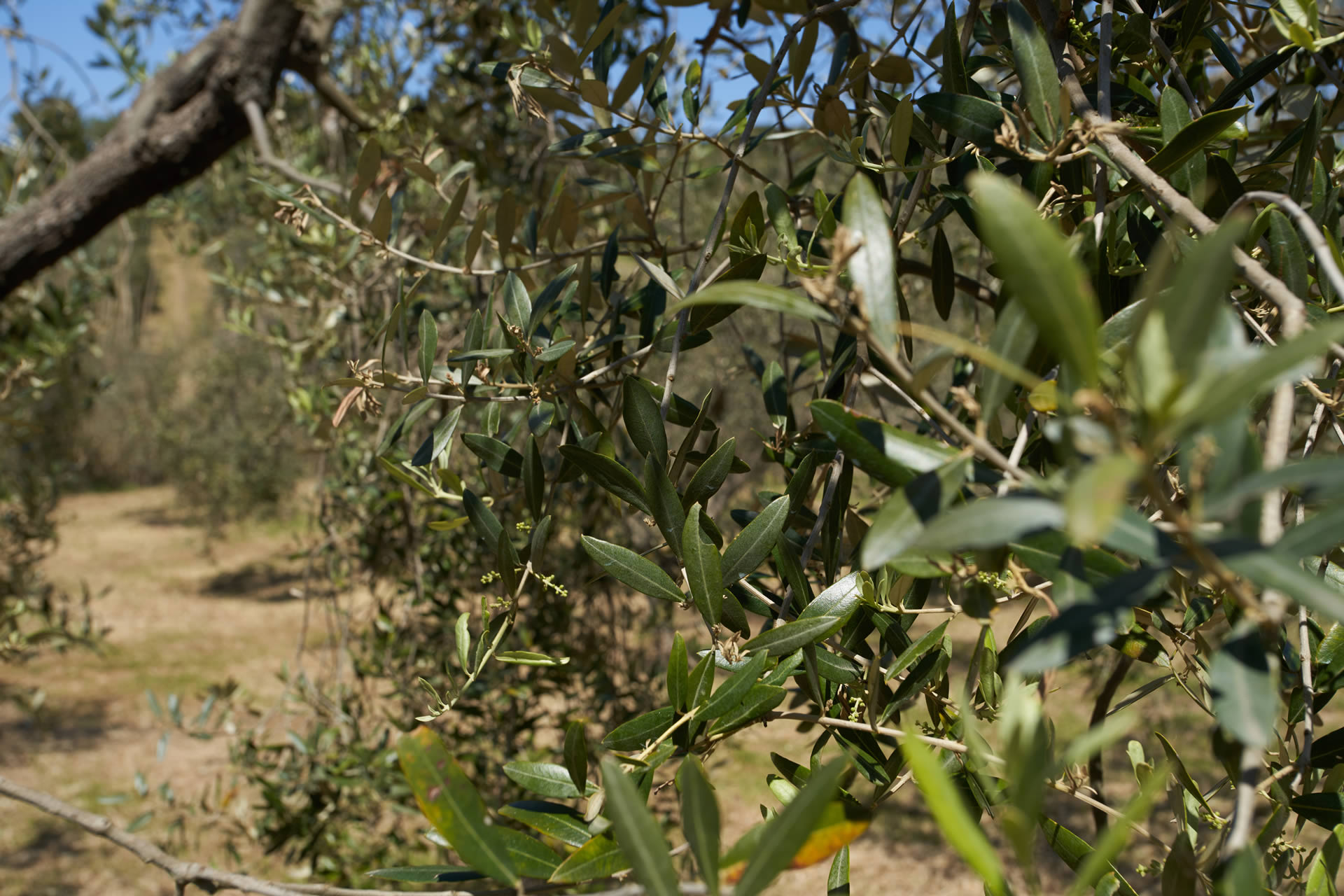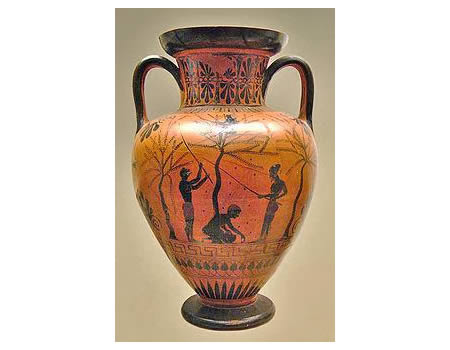
Olive oil. Why it is good for your health
11 November 2021Olive is among the oldest known cultivated trees in the world – its history runs parallel to that of human civilization. We find it where history is still mixed with legend. In Greek mythology Pallas Athena, the daughter of Zeus, donated an olive tree to the city of Athens. In the Bible, a branch of olive signals the end of the Great Flood.
Olive trees were first grown in Palestine and Crete. Five-thousand year old olive pits and paste were found on Mount Carmel and it is known that olive oil was used to pay the builders of the Temple of Jerusalem.
An olive oil production center dating back to the 7th century BC was discovered at Ekron (Israel), it boasted over a hundred large olive mills. This finding indicates that olive oil production was highly developed in ancient Israel which was also a major producer, providing for its neighboring countries, such as Egypt and Mesopotamia. The many tablets which were found in the Palace of Knossos (Crete) are rich with inscriptions showing the sites where olive oil was produced and where it was shipped.
Soon, olive-growing spread throughout the Mediterranean, from the eastern lands to the western regions of Sicily and Spain. In ancient Rome, olive oil was used as a balm and as an ingredient of unguents. Polybius narrates that in the Battle of Trebia (December 18, 218 b.C.), the Carthaginians, given the winter weather, had rubbed their bodies with olive oil to protect their skin from the cold waters of the Trebia river, and that they eventually defeated the Romans.
The ancient Romans soon developed an interest in olive oil as food as well. Marcus Terentius Varro writes in “De rerum rusticarum” that olives had to be picked with bare hands rather than shaken down from the branches of the trees, and Pliny reports that the workers harvesting the crop were ordered to “be careful not to scratch or bruise the olives.”
The ancient Romans also came up with a classification of different olive oils: “oleum ex albis ulivis” was derived from olives not fully ripened like “oleum viride,” which was used by matrons as a cosmetic. Instead, fully ripe olives yielded “oleum maturum,” while “oleum caducum” was the oil extracted from olives picked from the ground.
The extent of the trade of olive oil during the Roman Empire is represented by the actual name of one of Rome’s best-known districts: “Testaccio.” It was built atop a large artificial hill made almost exclusively from “testae” (fragments) of amphorae used to ship olive oil from Andalusia (Spain) to Rome.
With the fall of the Roman Empire and the Barbarian invasions, the cultivation of olives suffered a severe crisis. In the Middle Ages, olive oil was mainly used as fuel for lamps and was produced in monasteries and feudal castles for this purpose. The name “lampante” which now defines an oil of bad quality (not suitable for consumption as food, that is) comes from the name given to the oil which was used to light lamps in the past.
At the end of the Middle Ages, olive growing progressively resumed in Italy and in the other countries on the Mediterranean. The olive tree was also shipped to the so-called New World and, in 1769, it reached California where it found an environment fully suitable for its cultivation.
On the Elba Island olive growing, although traditionally present, has shown a great expansion starting in the first decades of the 20th century, with thousands of trees being planted in recent years.

